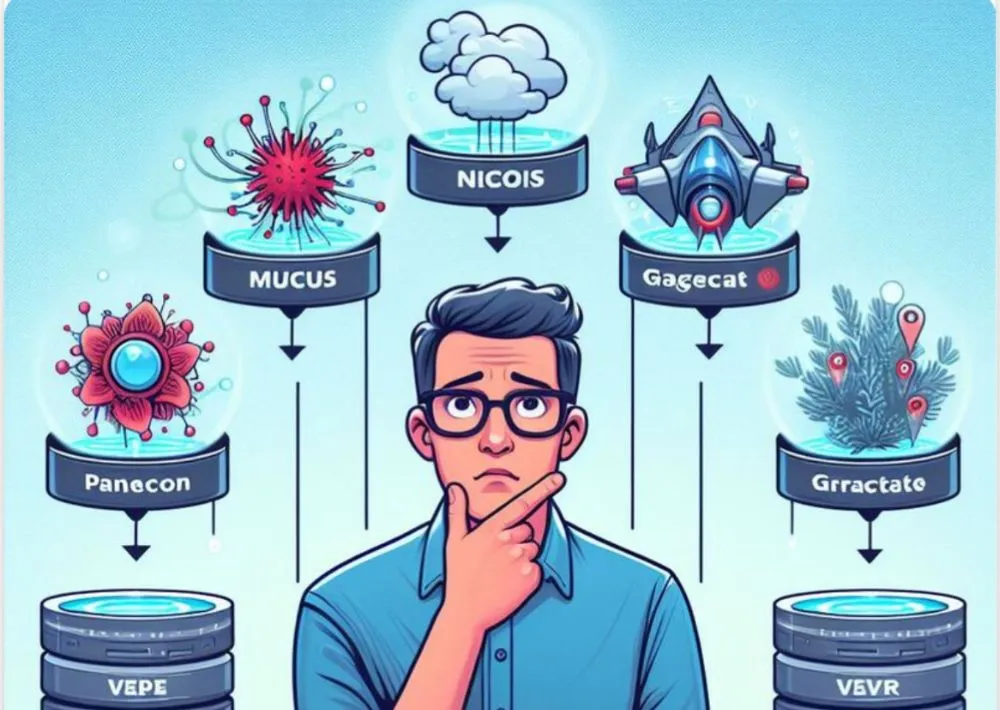As artificial intelligence (AI) continues to evolve, developers and businesses increasingly rely on large language models (LLMs) to power their AI applications. The recent surge of advanced LLMs like Google Gemini Pro, ChatGPT Omni, Llama 3, and Mistral 7B has led many to wonder if their AI applications are inextricably tied to these models. Are you locked into a long-term commitment with a specific LLM, or do you have the flexibility to adapt and evolve as technology progresses? Let’s explore this crucial question.
The Allure of LLMs
LLMs have revolutionized AI by providing unparalleled capabilities in natural language processing, understanding, and generation. These models can handle a wide range of tasks, from customer service automation to content creation, making them highly attractive for AI applications. The versatility and power of LLMs like Google Gemini Pro and ChatGPT Omni make them popular choices for developers looking to build sophisticated AI solutions.
The Perceived Lock-In
Given the significant investment in time, resources, and money to integrate an LLM into an AI application, there’s a natural concern about vendor lock-in. Once you’ve built your app around a specific model, it may seem like switching to another model would be a costly and complex process. This perceived lock-in can create anxiety about the future adaptability and scalability of your AI application.
Flexibility in AI Development
However, the reality is more nuanced. While integrating an LLM requires effort, modern AI development practices emphasize modularity and interoperability. Here are some ways to ensure your AI app remains flexible and adaptable:
1. Abstraction Layers: By implementing an abstraction layer between your application and the LLM, you can decouple your app from a specific model. This allows you to switch LLMs with minimal changes to your core application logic.
2. APIs and SDKs: Many LLM providers offer APIs and SDKs designed to simplify integration. Using these tools, you can standardize interactions with different models, making it easier to switch providers if necessary.
3. Model-Agnostic Design: Designing your application to be model-agnostic means focusing on the functionality and outcomes rather than the specifics of the LLM. This approach enables smoother transitions between models.
The Benefits of Staying Agile
Maintaining flexibility in your AI app offers several benefits:
1. Access to Innovation: The field of AI is rapidly advancing. By not being tied to a single LLM, you can quickly adopt newer, more advanced models as they become available, ensuring your application remains cutting-edge.
2. Cost Management: Different LLMs come with varying cost structures. Flexibility allows you to choose models that provide the best balance between cost and performance for your specific needs.
3. Risk Mitigation: Relying on a single provider can be risky if they encounter issues or if their pricing becomes prohibitive. Having the ability to switch models reduces dependency and mitigates this risk.
Strategies for a Future-Proof AI App
To future-proof your AI application and avoid being married to a single LLM, consider the following strategies:
1. Continuous Evaluation: Regularly evaluate new models and advancements in the AI field. Stay informed about updates and releases from multiple providers to ensure you’re leveraging the best technology available.
2. Prototyping and Testing: Create prototypes and run tests with different LLMs to understand their strengths and weaknesses. This hands-on experience can inform better decisions about which models to integrate.
3. Community and Support: Engage with the developer community and seek support from LLM providers. Collaborative knowledge sharing can provide insights and practical tips for maintaining flexibility.
Conclusion
While integrating an LLM into your AI application involves commitment, it doesn’t have to mean long-term lock-in. By adopting a flexible, model-agnostic approach and leveraging modern development practices, you can ensure your AI app remains adaptable to future advancements. This flexibility not only protects your investment but also positions your application to take full advantage of the ongoing innovations in AI technology.
In the dynamic landscape of AI, staying agile and ready to pivot will keep your application at the forefront of technological progress. So, while your AI app might currently be partnered with a specific LLM, it doesn’t have to be a lifelong commitment. Embrace flexibility, and your AI app can continue to evolve and thrive in the ever-changing world of artificial intelligence.











